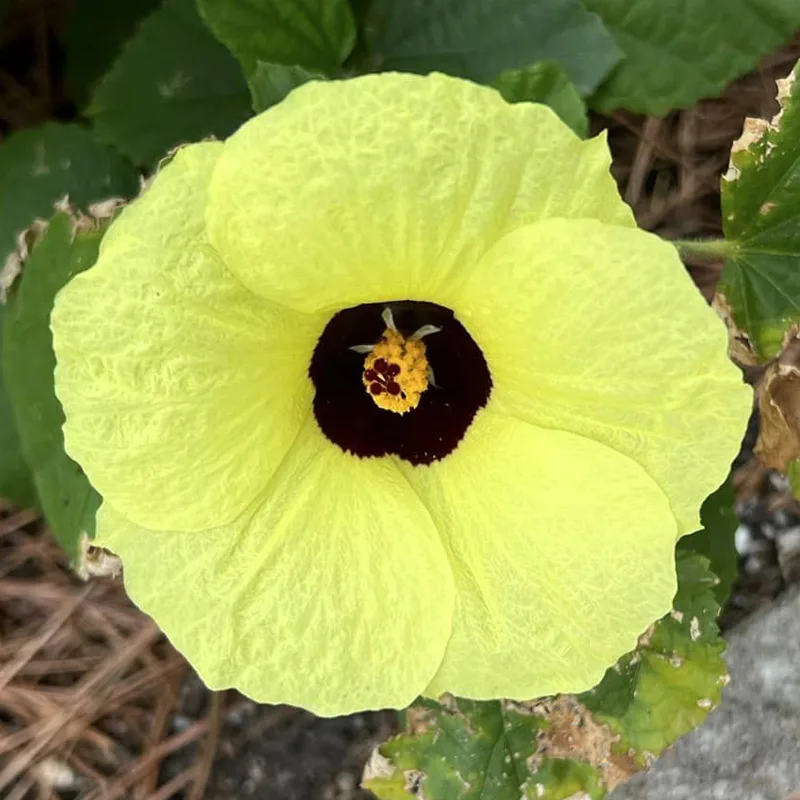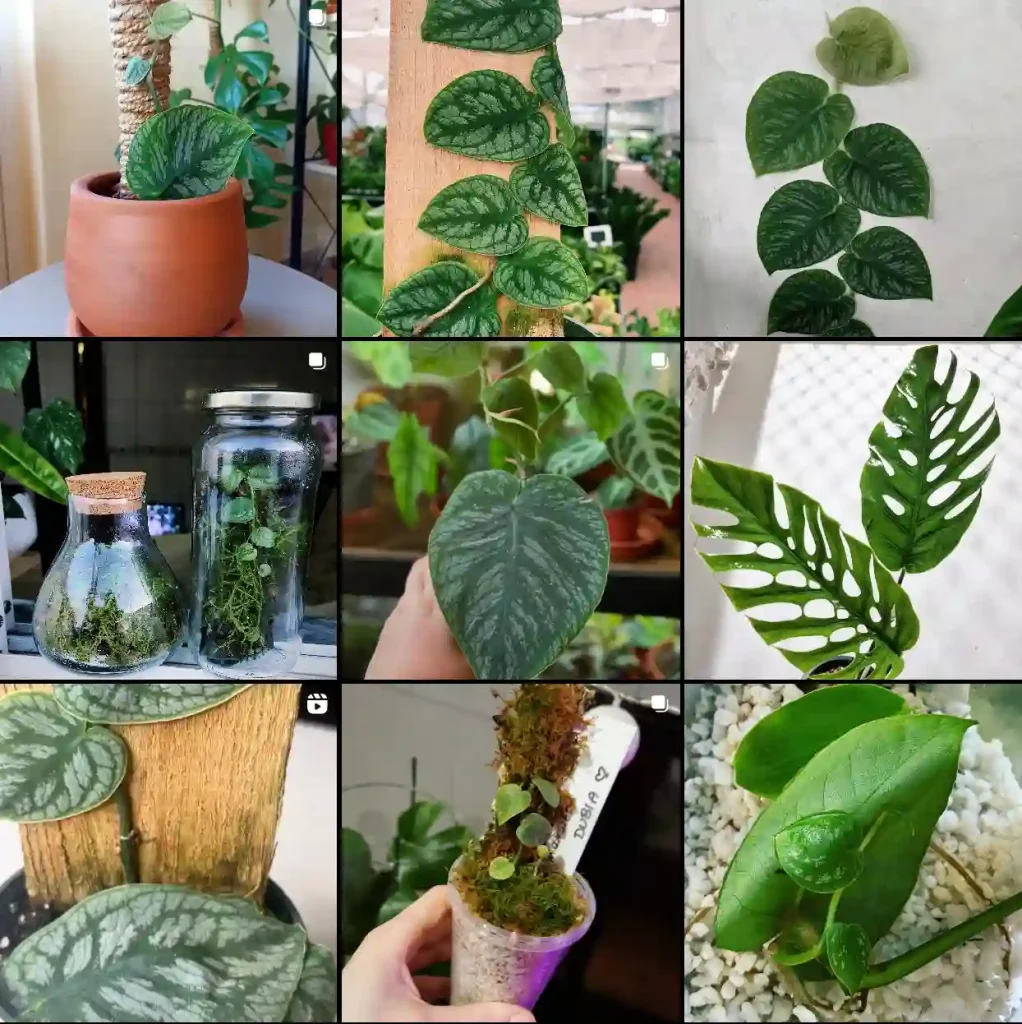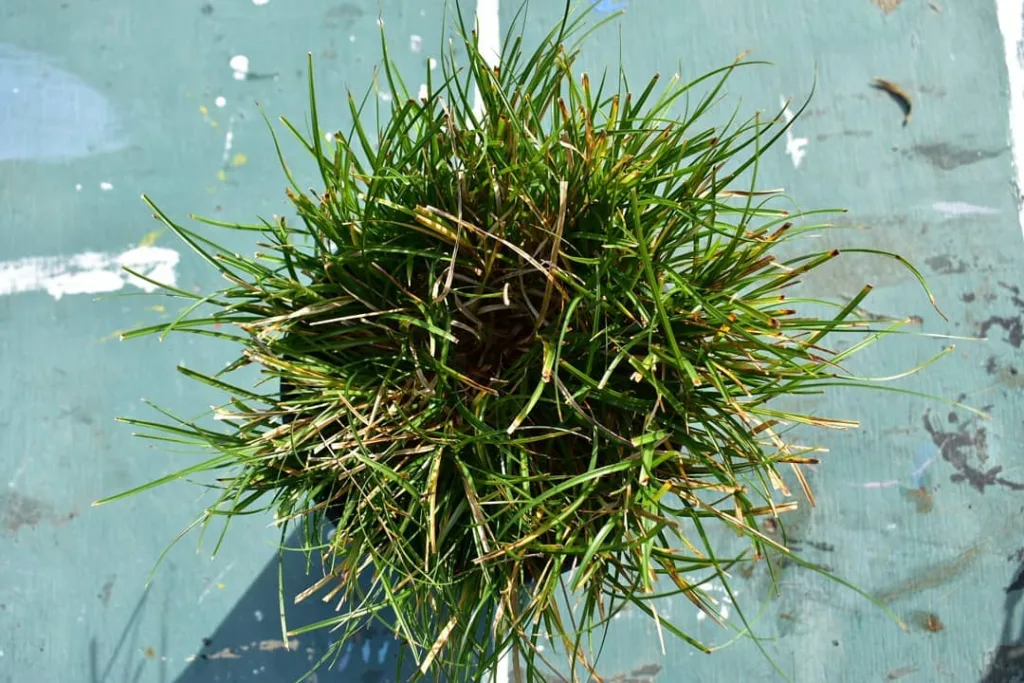
What does a lime tree look like? Do lime trees have thorns?
I’ve always had a soft spot for lime trees. They’re not as imposing as big orange or lemon trees – a bit more scraggly with their low branches and dense foliage. The leaves themselves are a vibrant green, smaller than their citrus cousins, and their scent is incredibly sharp and refreshing. My neighbor actually had a Kaffir lime tree with the gnarliest thorns; they could really catch you by surprise if you weren’t paying attention! Thankfully, the limes I usually buy at the market come from trees with smaller, less intimidating thorns.
How to grow a lime tree?
I haven’t had the best luck with growing lime trees myself, but they’re on my wishlist! They crave warmth and sunshine, so here in the Pacific Northwest, it might be smarter to start with a dwarf variety in a good-sized pot. I’ve heard those can even flourish indoors near a sunny window. The key is finding well-draining soil, slightly on the acidic side, and being extra careful not to overwater them. Apparently, lime trees are a bit dramatic when their roots get soggy! I wouldn’t mind trying again though, especially since imagining the smell of those first blossoms is reward enough!
How big do lime trees get?
That really depends on the type of lime tree! The ones I see at the grocery store usually come from pretty large trees – I wouldn’t be surprised if they’re 15 feet tall or even more. They have to be big enough to handle all those limes! However, I hear there are cool dwarf varieties perfect for smaller gardens or even growing in a pot. Those probably top out at 6 or 8 feet, which seems way more manageable to me. I’m kind of tempted to look into getting one myself, now that I think of it!
How to prune a lime tree?
Honestly, I haven’t pruned a lime tree myself, so I’d probably feel a bit intimidated if I had to do it! It seems a little scary to take shears to something living. From what I’ve read, the most important thing is getting rid of branches that are dead, diseased, or crossing each other. You want to let the sunshine and air reach the inside of the tree. I’ve also heard it’s good to prune a lime tree right after you’ve harvested the fruit, and apparently, there’s an ideal time for this depending on whether you live in a frost-prone area. I might try to watch a video on it first, to make sure I’m not doing more harm than good!
How to grow a lime tree from seed?
I tried growing a lime tree from seed once, and let me tell you, it was both thrilling and disheartening. You’d be surprised by how quickly they sprout and put out those cute little leaves, giving you a sense of accomplishment! Mine did well for a few months until it sadly succumbed to some sort of pest. But that initial success has me itching to try again. I hear it’s best to soak the seeds, remove the outer coating, and plant them in soil kept warm and moist. Then, lots of sunlight! If I do go for it, I’ll definitely be doing some serious research on how to protect the baby lime tree from bugs and critters.
When do lime trees produce fruit?
Unfortunately, I haven’t ever gotten one of my lime trees to the fruit-bearing stage. From what I’ve read, it can take several years for a lime tree to be mature enough to produce fruit – sometimes upwards of three or more! I’ve also heard that dwarf varieties tend to fruit a bit earlier. It must be the most satisfying feeling in the world to finally pick a lime that you grew right in your own home! Maybe someday I’ll be able to experience that for myself.
When do lime trees bloom?
I think lime trees are such a treat because they can bloom throughout the year, though their heaviest blooming period seems to be in spring. I have a friend in Arizona with a lime tree, and I swear, it almost always has a few flowers on it along with those amazing fragrant limes. Of course, with the weather here, I’d probably only see blooms on my lime tree if I brought it indoors. But wouldn’t that smell incredible?
Are lime trees self pollinating?
Yes, I’m pretty sure most lime trees are self-pollinating. That means they don’t necessarily need another lime tree nearby in order to produce fruit. Of course, I’ve heard that having more citrus trees around and attracting pollinators like bees can boost fruit production. But, if you want just a single lime tree, it should be perfectly capable of making those delicious limes all on its own!
Are lime trees toxic to cats?
Sadly, yes, lime trees are toxic to cats. The leaves, rind of the fruit, and even the stems contain stuff that can really give our feline friends a hard time. I learned this the hard way when my cat used to sneak out onto the patio and decided to nibble on my potted Meyer lemon tree. She didn’t get too far, thankfully, but it made me realize I need to be extra careful about any citrus plants around her. It could cause everything from tummy troubles to skin irritation, and some parts are definitely worse than others.
How to grow a lime tree without seeds?
There are a few ways to grow a lime tree without seeds! The most common way is through a process called ‘cuttings’. This is where you take a branch from an existing lime tree and encourage it to grow its own roots. It takes a little know-how, and I’d probably need to watch some tutorials on the best technique. Another option is ‘air-layering’. This is a bit more advanced, but involves stimulating root growth right on a branch of the original tree. Once you have a good set of roots, you can carefully separate the new little tree and plant it!
Can lime trees survive winter?
Unfortunately, lime trees are pretty wimpy when it comes to cold weather. They’re true tropical plants and don’t handle frost well at all. If your area experiences freezing temperatures, it’s unlikely a lime tree would survive the winter outdoors. However, there are some workarounds! If you have a dwarf lime tree in a pot, you might be able to bring it indoors during the coldest months. People sometimes have success overwintering them in garages or unheated sunrooms. Otherwise, if you’re really determined, you could try insulating an outdoor tree, but it would have to be a mild winter.
Do lime trees need full sun?
Absolutely! Lime trees are sun-worshippers. They need as many hours of direct sunlight as possible, ideally around 8. The more sun they get, the happier they’ll be. A sun-drenched lime tree will produce the most vibrant leaves, tons of fragrant flowers, and of course, loads of sweet-tart lime fruits. If you don’t have a spot in your yard that gets full sun, it might be better to go for a dwarf variety that you can bring indoors to a sunny window during the colder months.
Does lime help grass grow under pine trees?
This is a tricky one! Lime can help temporarily adjust the soil acidity caused by pine needles, which might make it a little easier for some grasses to survive. However, grass and pine trees have fundamentally different needs. Grass wants full sun and well-draining soil, while pine trees thrive in shade and create pretty acidic soil conditions.
Instead of fighting an uphill battle, I’d recommend focusing on shade-tolerant ground covers or plants that actually enjoy the acidic soil beneath pine trees. If you’re desperate for grass, sometimes with enough lime, fertilizer, and attentive care, you can get a small patch to hold on. But it might be smarter to embrace the unique environment a pine tree creates!
Why is my lime tree losing leaves?
Ugh, leaf drop on a lime tree is so frustrating! I’ve been there myself, and there are a few common reasons to consider:
- Watering issues: Both too much and too little water can stress out a lime tree. Make sure the soil is moist but not soggy and that the pot has good drainage.
- Temperature shock: Did you recently move your lime tree, or has there been a sudden temperature change? Citrus trees are sensitive to that.
- Pests: Tiny critters like spider mites are hard to see but can really wreak havoc. Check closely for signs of infestation.
- Nutrient deficiency: Yellowing leaves along with leaf drop might mean your lime tree needs a boost of fertilizer.
It’s also good to know that some leaf shedding is normal, especially in older leaves or during the transition to a new season. It’s more about the amount and the pattern of leaf loss!
Can lemons and limes grow on the same tree?
Yes, absolutely! It’s actually possible to have a tree that produces both lemons and limes. This is usually achieved through a process called grafting, where branches of a lemon tree and a lime tree are carefully joined onto a single rootstock. These special trees are sometimes called “cocktail trees,” and I think they’re super cool. Imagine having both lemons and limes at your fingertips for drinks and cooking!
Are lemon or lime trees easier to grow?
Generally, both lemon and lime trees have similar needs and are considered to be relatively easy citrus trees to grow. However, there are some subtle differences that might make one a slightly better choice depending on your climate and level of experience:
- Cold Tolerance: Lime trees are a touch more sensitive to cold than lemon trees. If you live in an area with any chance of frost, a lemon tree might be a safer bet.
- Indoor Success Both lemon and lime can thrive indoors with the right care, but Meyer lemons are a popular choice because they’re known to be particularly good producers even in a pot.
- Pest Resistance: This can vary depending on the specific type of lemon or lime tree. However, some people find that lime trees may be slightly more susceptible to scale insects.
Overall, I wouldn’t let the choice between a lemon or lime tree be dictated solely by which is “easiest.” Both offer fragrant blossoms and delicious fruit! I’d think about which flavor you use more often and let that be your guide.
Are lime trees toxic to dogs?
Unfortunately, yes, lime trees can be toxic to dogs. The problem lies in a few different parts of the plant:
- Leaves and stems: These contain compounds called psoralens, which are phototoxic. This means they can cause nasty skin reactions in dogs if they come into contact with the leaves and are then exposed to sunlight.
- Fruit: The flesh of the lime itself might just cause an upset stomach, but the rind and seeds contain essential oils (linalool and limonene) that are truly toxic to dogs.
- Thorns: While not technically toxic, some lime trees have pretty serious thorns that can definitely cause injuries.
It’s best to keep dogs away from lime trees altogether. If you suspect your dog has ingested any part, it’s definitely a good idea to contact your veterinarian for advice.
Can a lime tree grow in a pot?
Absolutely! Lime trees actually do very well in pots, especially if you choose a dwarf variety. Container growing has a few advantages:
- Portability: This is perfect for climates with cold winters. You can easily move your lime tree indoors to protect it from frost.
- Size Control: Pots keep the tree smaller, making it easier to manage, prune, and harvest those delicious limes.
- Soil Control: It’s simpler to provide the well-draining, slightly acidic soil that lime trees prefer when you’re starting with a potting mix.
Just make sure the pot is big enough for your lime tree’s roots and has good drainage holes. You might need to repot occasionally as the tree grows.
Can lime trees grow indoors?
Yes, lime trees can absolutely grow indoors! It’s a fantastic option if you live in an area with cold winters or don’t have much outdoor space. Here are the key things for success:
- Sunlight: Give them the brightest spot in your house, ideally a sunny south-facing window. You may even need a grow light for extra hours during the darker months.
- Variety: Choose a dwarf variety, they’re better suited for indoor life. Popular options include Bearss limes and Meyer lemons (which have a slightly sweeter, lemon-lime flavor).
- Watering: Be careful not to overwater – allow the soil to partially dry out between waterings to avoid soggy roots.
- Humidity: Citrus trees like a bit of humidity, so misting occasionally or using a pebble tray can help.
Growing a lime tree indoors requires attention and care, but the payoff of fresh, homegrown limes and those intoxicating blossoms is definitely worth it!
If i die, water my plants!



